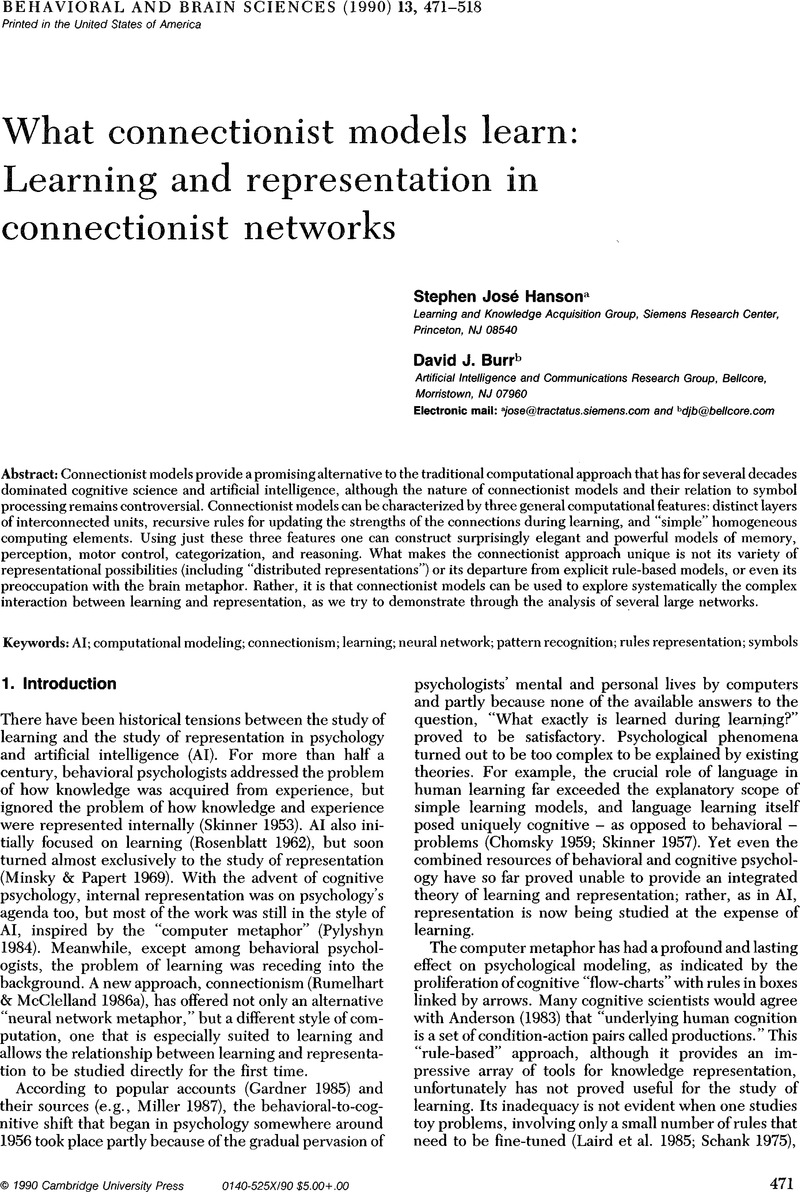Crossref Citations
This article has been cited by the following publications. This list is generated based on data provided by Crossref.
McCloskey, Michael
1991.
Networks and Theories: The Place of Connectionism in Cognitive Science.
Psychological Science,
Vol. 2,
Issue. 6,
p.
387.
McCloskey, Michael
and
Lindemann, A. Margrethe
1992.
The Nature and Origins of Mathematical Skills.
Vol. 91,
Issue. ,
p.
365.



